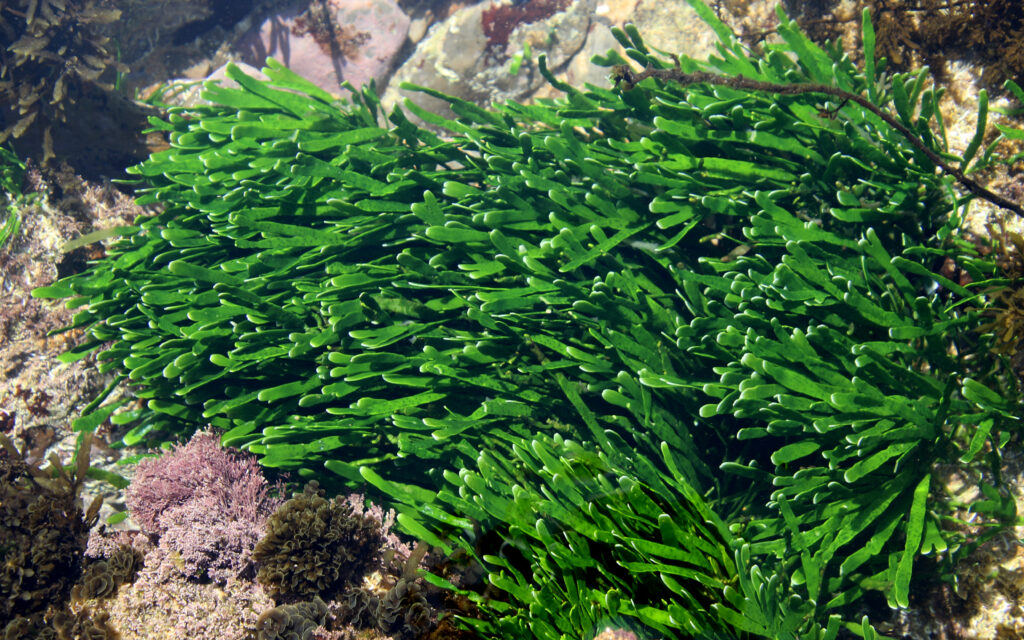From kelp burgers to bacon of the sea, sustainable food entrepreneurs are innovating to charm hungry omnivores
When vertebrates first heaved themselves out of the sea some 390 million years ago, terrestrial life was good: the atmosphere was rich with oxygen, and competition for food was virtually nonexistent. The coast was clear.
In 2022, life on land is rockier. Earth’s human population is expected to swell to 9.7 billion by 2050; experts estimate that food production will have to increase by 70 percent to keep pace with that growth. “Previously utilized methods of intensifying agriculture will soon no longer be an option due to the high impact trade-offs they have on the environment,” reads a 2017 research review. These trade-offs include “fragmenting natural habitats and threatening biodiversity, production of greenhouse gases from land clearing, fertilizers and animal livestock production, and nutrient run-off from fertilizer damaging marine, freshwater and terrestrial ecosystems.”
According to a bracing 2018 farm-to-fork study analyzing 40,000 farms producing 90 percent of the food eaten on this planet, we’ve got to turn away from meat and dairy products if we expect to sustain ourselves in coming decades. U.S. consumers have proved themselves willing to test the waters: according to market research from the Good Food Institute, a nonprofit that promotes alternatives to animal agriculture, Americans spent $1.4 billion on retail plant-based meat (which found its way into 19 percent of households) in 2021, representing a market share of 2.7 percent of all retail packaged-meat dollar sales. The plant-based food companies Beyond Meat and Impossible Foods—two household names in America’s now-substantial faux-meat market—contend that their burgers use significantly less land and water and generate less greenhouse gases than beef-burger equivalents, as the New York Times has reported.
A far smaller but just as motivated cohort of plant-based food entrepreneurs aim to do them one better by spotlighting and advancing an ingredient that requires no land or water and has, they argue, just as much potential to please Western palates.
Continue reading at smithsonianmag.com.

